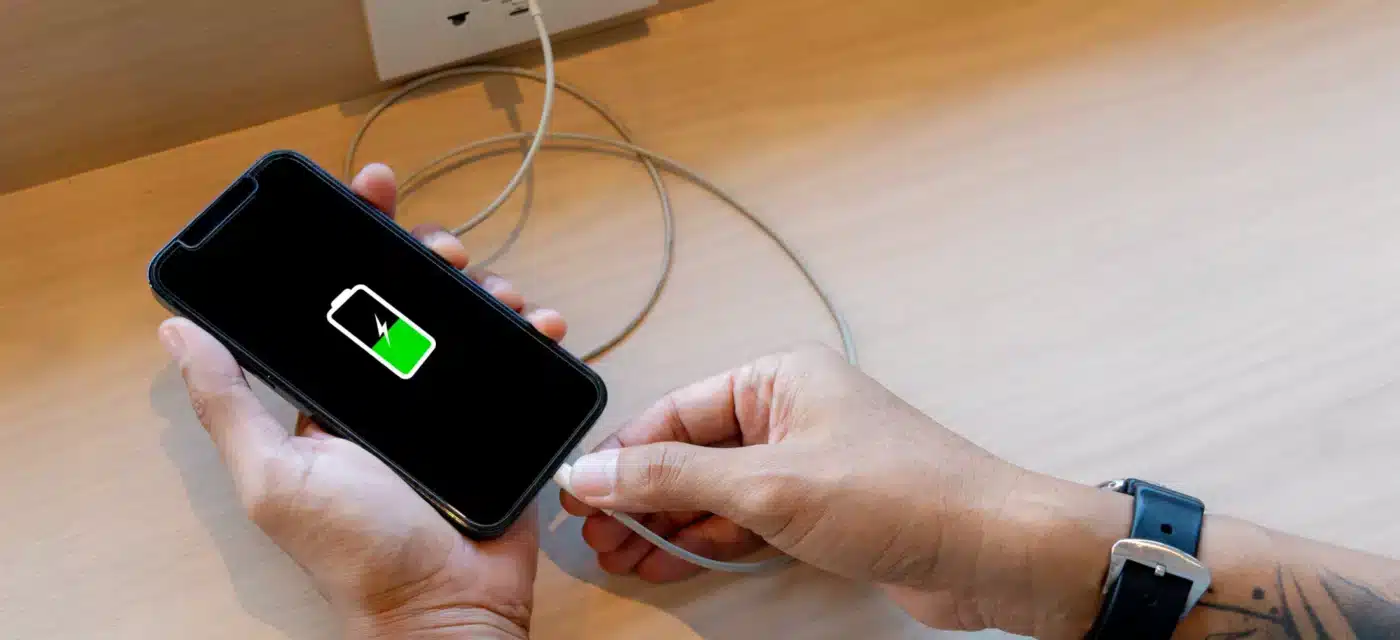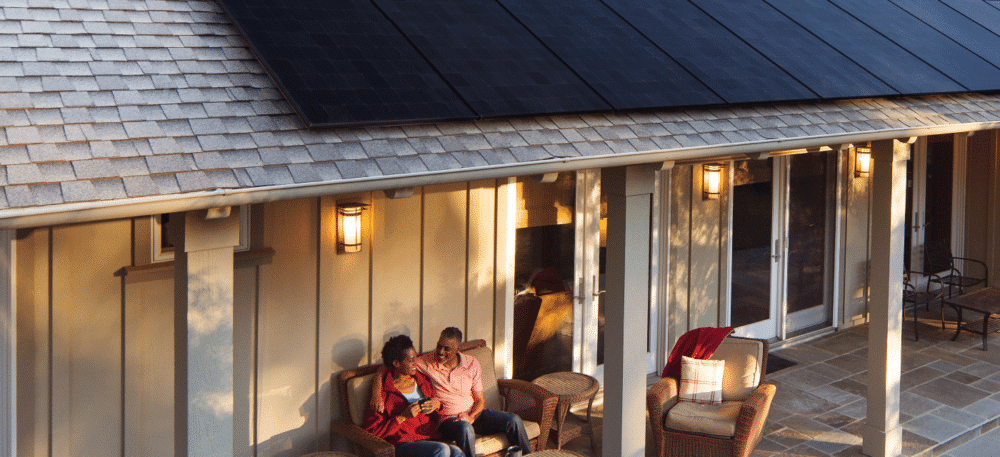11 Ways To Live More Energy-Efficient
Living green can include making big or small changes to your lifestyle. Save the environment – and your wallet – with these tips to live more energy-efficient.

Making energy-efficient choices is more than just a trending buzzword these days, especially with increased living costs and growing awareness of the need to live more sustainably to reduce negatively impacting our environment. Home improvements or lifestyle changes that promote energy efficiency have the added benefit of decreasing monthly utility expenses.
Many homeowners may not have a large budget for energy-efficient modifications to their homes, such as solar panels, upgraded insulation, or new storm windows. While those things naturally reduce energy use and create a more energy-efficient home, there are many other ways to achieve the same result with much less effort and expense.
If you want to start making a change toward energy efficiency in your home and lifestyle, here are 11 ways to do so.
11 Energy-Efficient Ideas
- Unplug the chargers for your electronic items and gadgets when not in use. Chargers continue using a small trickle of electricity to retain what is sometimes called a “phantom charge,” even when not in use.
- Install a low-flow showerhead in your bathroom’s tub or shower. A low-flow faucet fixture cuts down on the amount of water you use when you bathe and does so with little to no reduction in the water pressure provided.
- During your bathing routine, turn the water off entirely when shampooing, shaving, or lathering (especially if you tend to luxuriate in the process). This option may not be suitable for people with hot and cold water adjustments that take a little while to reach a desired temperature, but doing so – if you’re able – is a good way to cut back on both water and electricity or gas use.
- Add a few degrees to your thermostat in the summer and cut it back by a few degrees in the winter. You may want to keep your home at a balmy 74 degrees in the winter or 68 in the summer, for example, but those aren’t optimal temperatures for your energy consumption or your home’s HVAC equipment. Adding a few degrees in the summer or shaving a few off in the winter, respectively, will make small changes that add to energy efficiency and reduce utility bills.


Guide To Solar Power
Interested in using solar energy? Check out our Solar 101 guide to learn more about the benefits, process, and costs of adding solar panels to your home.
- Add ceiling fans to rooms where you spend the most time. Ceiling fans provide a cooling effect that allows you to raise the AC thermostat setting by a few degrees, thus saving energy and money. Be sure to turn ceiling fans off when nobody’s in the room; a ceiling fan only provides a cooling effect if there’s someone underneath to feel it.
- Avoid leaving your car idling in your driveway. Idling vehicles that sit for a mere 10 minutes daily can use more than 27 gallons of gasoline per year. For some cars with smaller gas tanks, this equates to two tanks of gasoline spent going nowhere every year.
- Turn off your computer when you’re not using it. If you have applications running that prevent shutting off the computer, such as a system update or anti-virus scan, turn the computer’s monitor off instead.
- In warmer months, leave your blinds, curtains, or drapes closed during the day or install window dressings that keep out the sun’s direct rays and heat. Even a small amount of direct sunlight can dramatically change a room’s temperature, increasing the need for air conditioning to keep the room cooler. Conversely, open the blinds in the winter and let the sun add more heat, reducing your home’s heating use.
- If you still use incandescent light bulbs, switch to halogen bulbs, compact fluorescent lamps (CFLs), or LED light bulbs. While these bulbs cost more than traditional bulbs, they use much less energy and have a much longer life. They end up paying for themselves several times over.
- Check windows, exterior doorways, pass-through spaces for pipes and wiring, and other areas of your home to ensure they’re sealed and insulated properly. Air leaks and inadequate insulation can cause ample heat to be lost in the winter and gained in the summer.
- Periodically check the vents and air returns of your home’s HVAC system and make sure they’re not blocked. Whether the vents or air returns are blocked by furnishings or dust, these blockages impede air circulation, which adds to the workload of your heating and cooling equipment. This extra work requires extra energy and can lead to malfunctions in the HVAC system.
Summary
In addition to the tips listed here, you can find dozens of other ways – free, inexpensive, or extravagant – to apply to your home, lifestyle, and daily living routines to increase energy efficiency, reduce your environmental impact, and decrease your energy use and expenses. These changes, whether big or small, make a difference.
Copyright BALANCE


Budgeting
Ready to take control of your finances? See what steps to follow to develop a spending and saving plan and follow through on it.
Related Articles
16 Months Of Financial Tips

Use these monthly financial tips to break down your top financial tasks and to-dos and get on the right path to being financially healthy.
7 Tricks To Stay On Budget

Need help managing your finances? We’re sharing our tips to help you better plan, organize, and track your spending so you can stick to your budgeting plan.
Your Guide To Buy Now, Pay Later Apps

Find out what you need to know about this popular checkout option.
